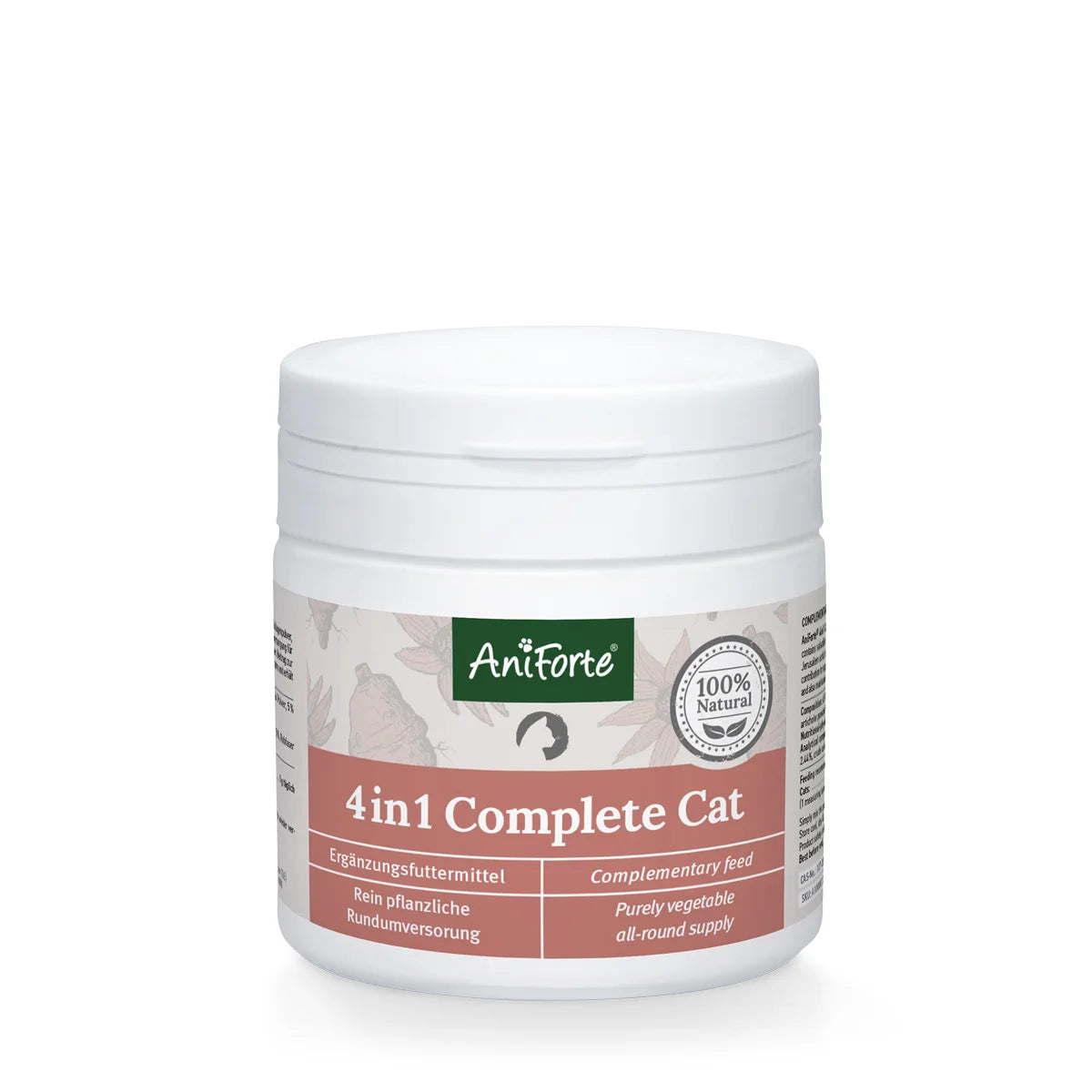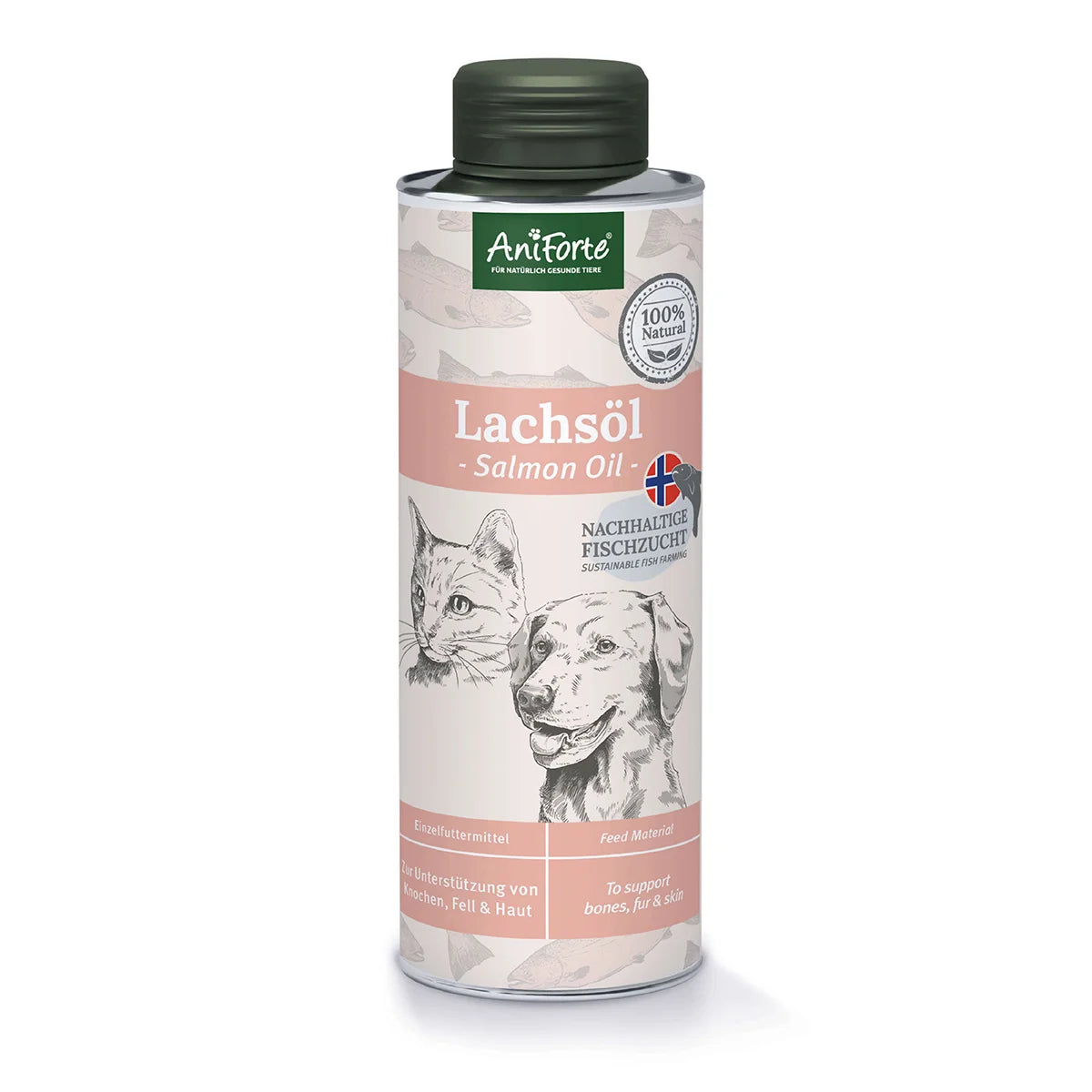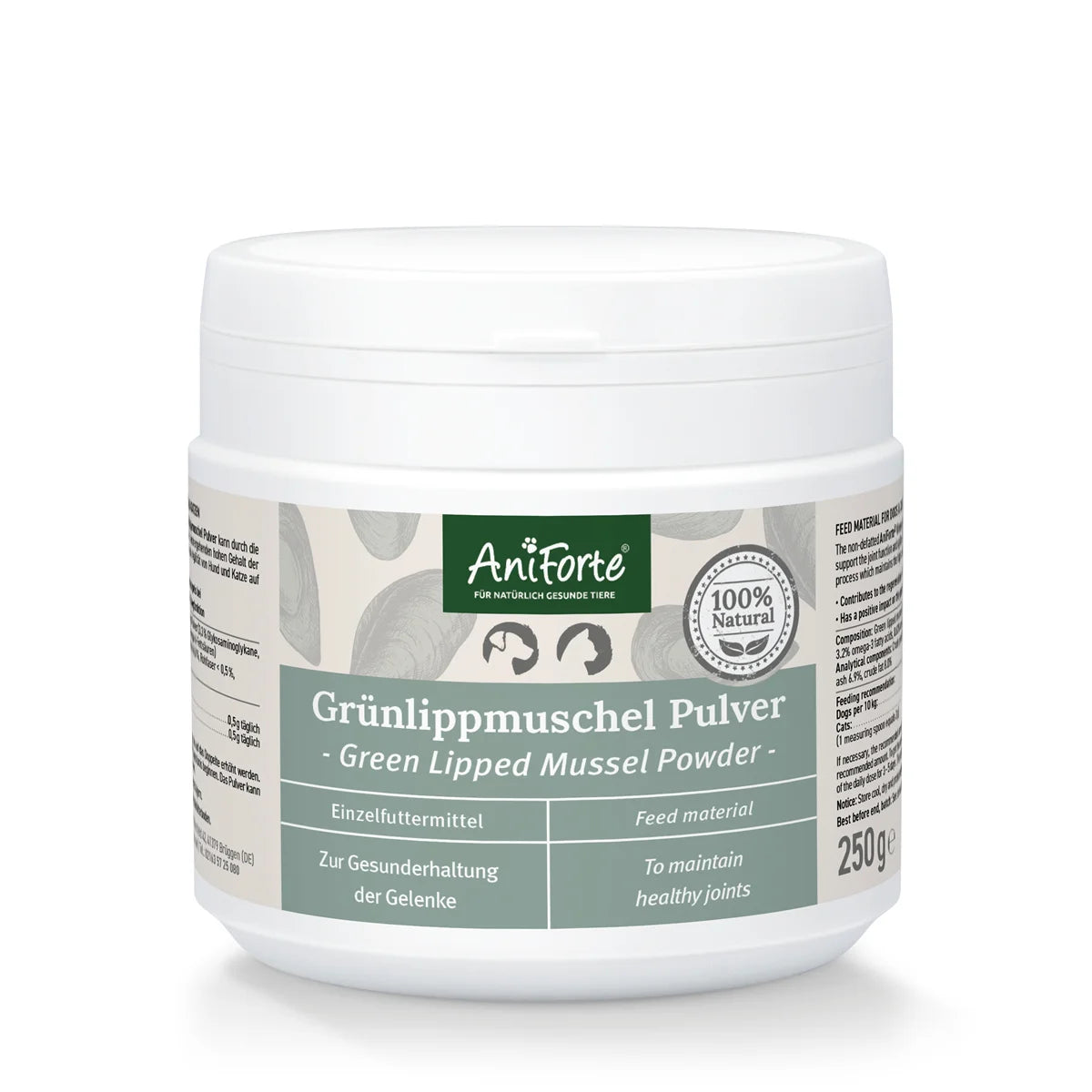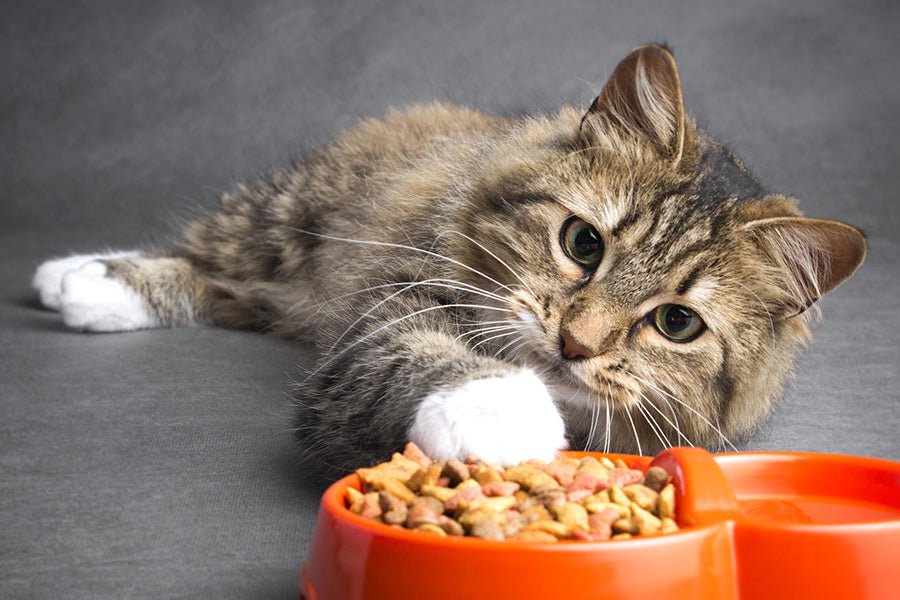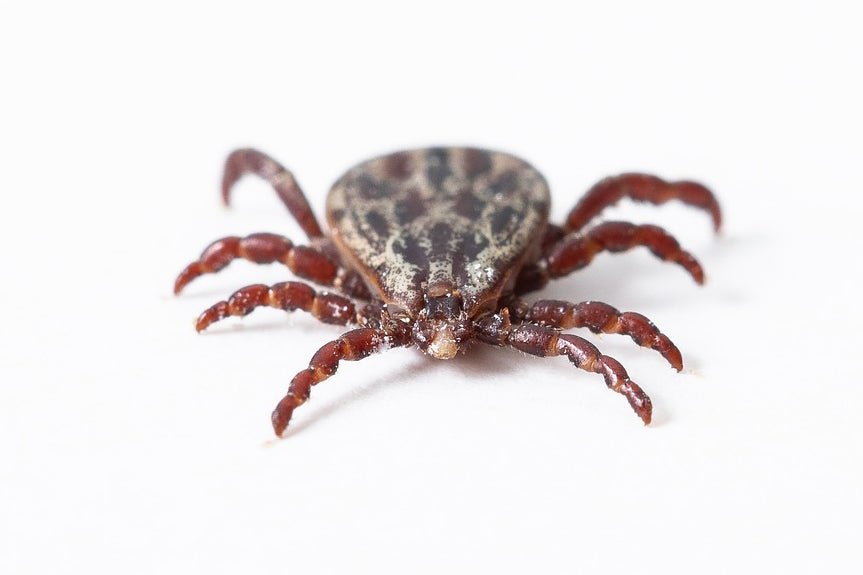
The sun is shining, birds are chirping, and temperatures are on the rise—spring is here! It’s the perfect time to enjoy long walks in nature with your dog. But what if your furry companion seems unusually tired and uninterested? If they lag behind during walks, seem reluctant to leave their bed, or give up after just a few rounds of fetch, they might be experiencing spring fatigue. Just like humans, dogs can feel drained during the transition from winter to spring.
- Increased sleeping
- Low energy and reluctance to play
- Lagging behind during walks
- Seeking shade or resting frequently
How to Help Your Dog Overcome Spring Fatigue
1. Adjust Their Nutritional Intake
Support your dog’s energy needs with a nutrient-rich diet:
- Omega-3 Fatty Acids: Add high-quality oils like linseed oil or salmon oil to their meals. These oils support healthy skin, a shiny coat, and cell regeneration. You can opt for our salmon oil, linseed oil or algae oil.
- Vitamin B: This vitamin group boosts energy metabolism and supports coat growth. Natural sources like brewer’s yeast are a great addition to their diet, providing essential nutrients like biotin without relying on synthetic supplements.
2. Mix Up Your Walks
Break free from the same routine to reignite your dog’s enthusiasm:
- Learn New Tricks: Incorporate training exercises during your walk to engage your dog mentally. Commands like “sit” or “stay,” followed by a recall, keep them focused and active.
- Play Search Games: Hide treats along the path and encourage your dog to sniff them out. This simple game adds excitement and provides mental stimulation.
- Explore New Paths: Introduce your dog to unfamiliar routes with fresh scents and new sights. The novelty of these adventures will boost their interest and energy.
Help your dog manage the energy demands of shedding their winter coat:
- Brush them regularly to remove loose fur and prevent overheating.
- Ensure they have access to cool, shady spots during warmer days.
Conclusion
Spring fatigue isn’t uncommon in dogs as they adapt to the changing seasons. Hormonal adjustments, faster metabolic demands, and the energy-intensive coat change can leave them feeling sluggish. With a little extra care, such as enhancing their diet, varying their activities, and providing plenty of love, you can help your dog bounce back quickly and enjoy the beauty of spring by your side.

